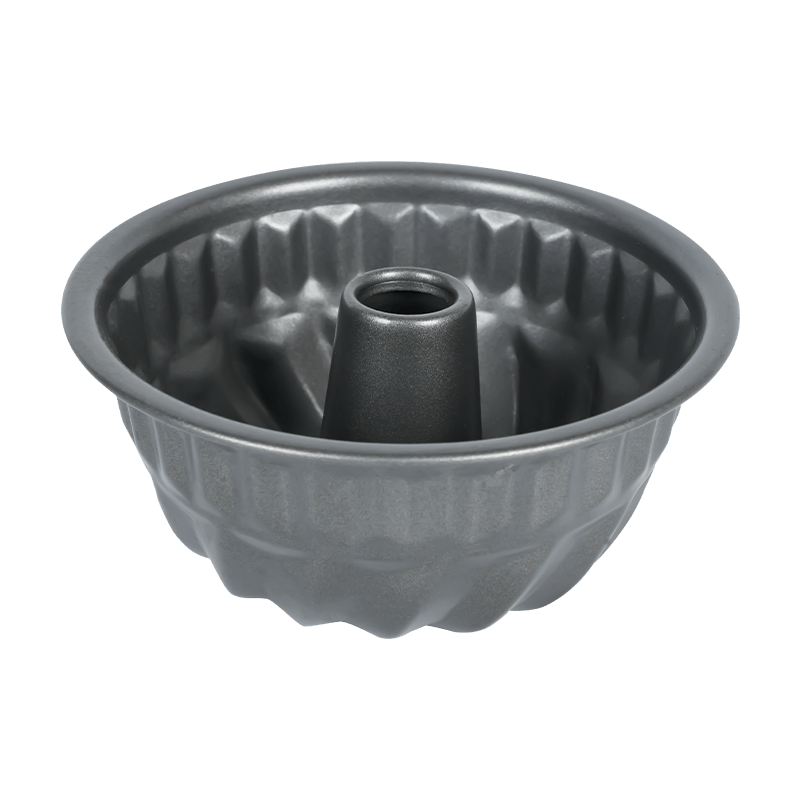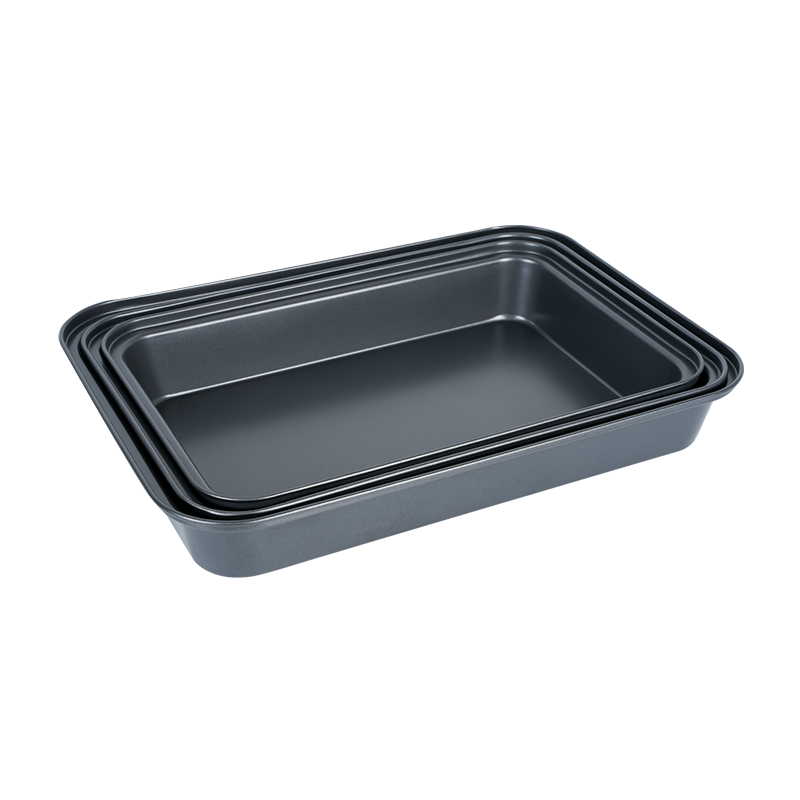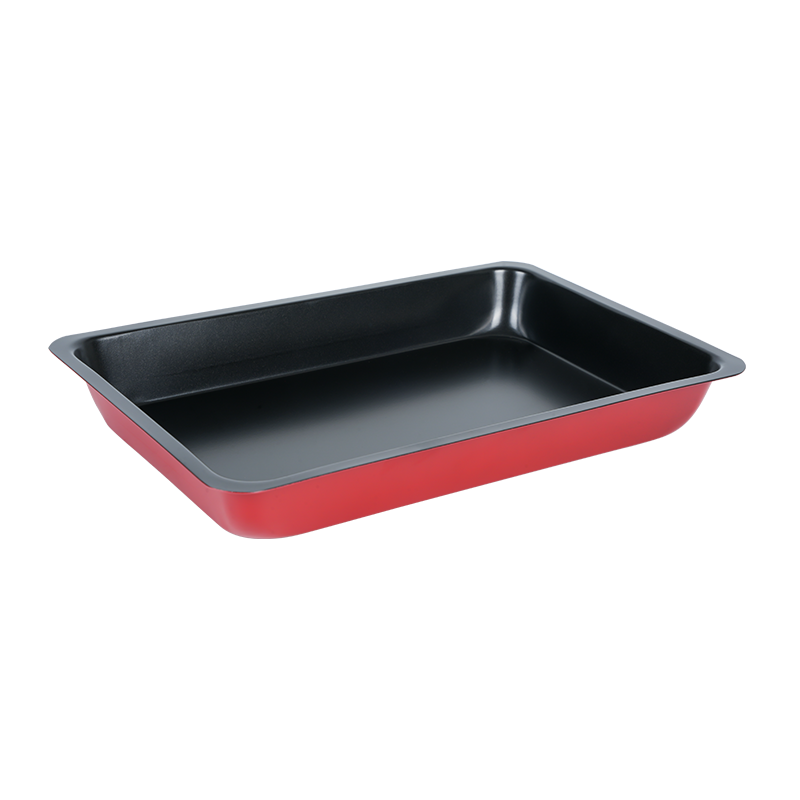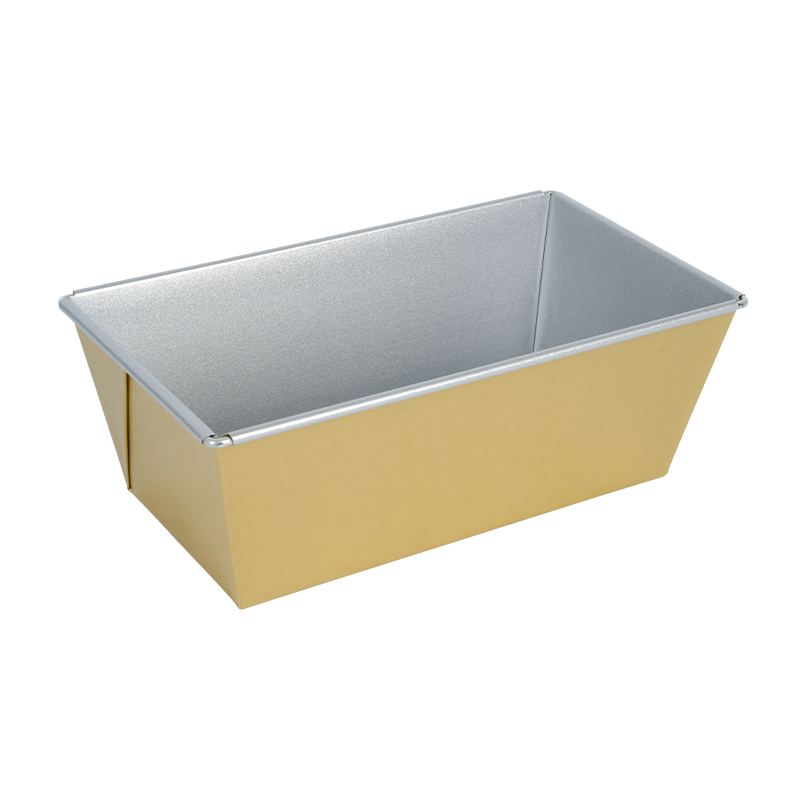The company relies on a high degree of brand awareness, fine product quality, convergence of multiple strong advertising media power, and through the integration of capital, knowledge, talent technology, channels, information operations.
Why Drainage Speed Matters in Kitchen Strainers
The draining speed of a Colander Pasta Strainer plays a vital role in kitchen efficiency, especially during high-paced cooking or when dealing with large quantities of food. Whether used for straining pasta, rinsing vegetables, or draining boiled foods, the time it takes to release water can significantly impact the cooking process and final dish quality. A strainer with poor drainage may retain water longer, which can leave food soggy or overcooked, while an efficient design ensures better texture, faster prep, and smoother transitions between steps.
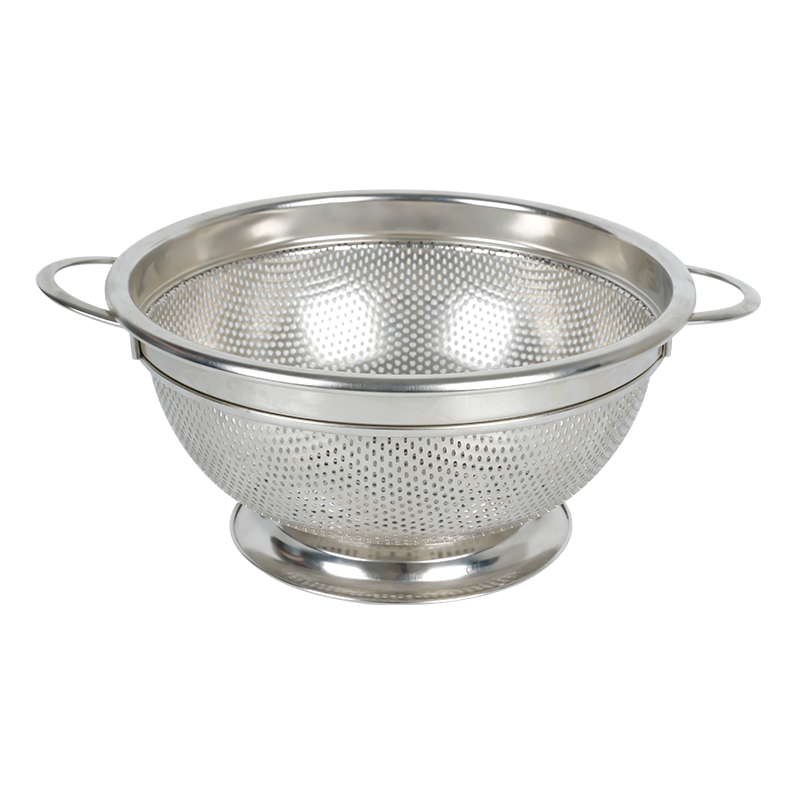
Key Design Elements That Influence Drainage Speed
Several design factors determine how quickly a Colander Pasta Strainer can drain water. The number, size, and distribution of holes are the obvious contributors. Strainers with a dense pattern of medium-sized holes tend to offer a balance between fast drainage and food retention. If the holes are too small, water escapes slowly, increasing wait time. If the holes are too large or too few, water may still linger, or food may slip through. Additionally, strainers with sidewall perforations in addition to bottom holes provide a faster and more even drainage experience, especially when the strainer is not tilted.
Material and Shape Influence Performance
The material of the strainer can also impact drainage efficiency. Stainless steel models, due to their rigid form, tend to maintain a suitable shape during draining, ensuring that the water flows unimpeded. Plastic and silicone versions, while lighter and sometimes collapsible, may flex under the weight of food or liquid, slightly slowing drainage. Furthermore, the shape of the strainer—whether it has a deep bowl, shallow basin, or conical base—affects how easily water collects and exits. A well-angled bottom allows gravity to assist in faster draining, while flatter bases may cause pooling.
Real-World Usage Across Different Foods
Draining performance may vary depending on the type of food being strained. Pasta, especially spaghetti or long noodles, can sometimes bunch together and block holes, slowing water flow. A well-designed Colander Pasta Strainer mitigates this issue by spacing holes strategically and allowing enough room for movement. When rinsing rice or grains, fine holes are necessary to prevent loss, but this comes at the cost of slower drainage. For vegetables or large fruits, wide and fast-draining holes offer functionality. Therefore, suitable drainage speed depends not only on the strainer’s build but also on its intended use.
Added Features That Improve Drainage Speed
Some modern strainers come with features specifically aimed at improving drainage efficiency. Elevated feet or stands lift the base off the sink surface, preventing water from pooling underneath and enabling uninterrupted outflow. Built-in handles allow users to tilt the strainer comfortably for quicker draining. In some designs, slanted or multi-level holes guide water flow more effectively, reducing overall drainage time. These enhancements, while seemingly minor, can make a significant difference when cooking under time constraints.
User Habits and Cleaning Also Affect Drainage
Even a well-designed strainer can experience slower drainage if not properly maintained. Over time, mineral buildup or food residue can clog drainage holes. Regular cleaning, especially after straining starchy foods like pasta or potatoes, ensures that the holes remain clear. Users should also avoid overloading the strainer, as this compresses food against the holes, blocking water flow. Spreading food evenly and shaking gently helps accelerate draining and prevent clogs.
Conclusion: Efficient Drainage Depends on Design and Use Context
In conclusion, the drainage speed of a Colander Pasta Strainer is determined by a combination of hole configuration, material, shape, and thoughtful user practices. A well-engineered strainer with evenly spaced holes, proper depth, and practical features can significantly reduce water retention and improve cooking efficiency. While drainage speed may also vary depending on the type of food being strained, selecting a strainer suited to specific kitchen needs ensures faster, cleaner, and more convenient food preparation.

 English
English русский
русский Español
Español